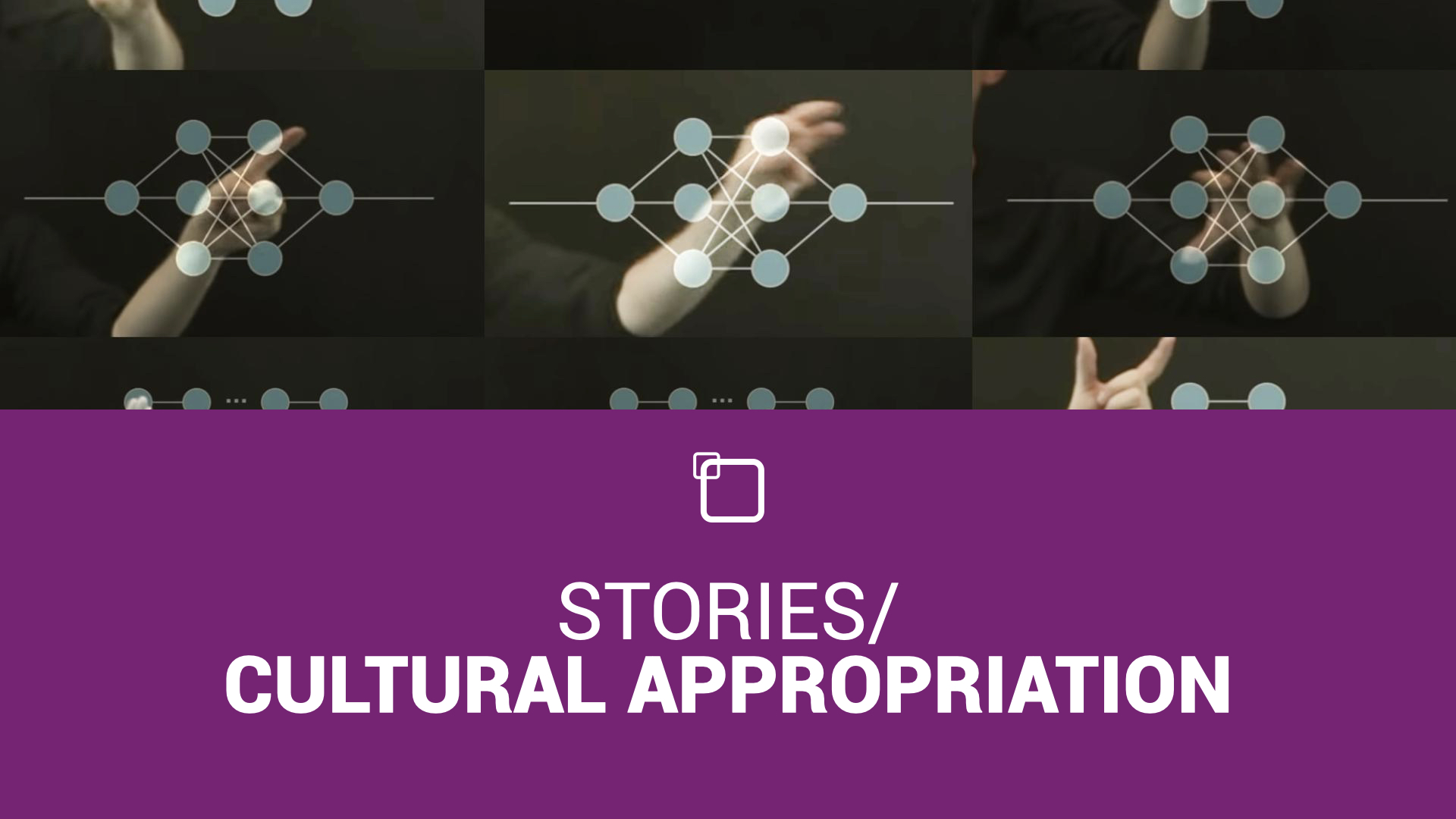Cultural appropriation is the adoption of elements of one culture by members of a different cultural group. It is a controversial and often misunderstood concept, with some people arguing that it is a natural and inevitable part of cultural exchange, while others believe that it can be harmful and disrespectful.
One way that technology can be used to help avoid cultural appropriation is by creating online platforms that allow members of a cultural group to sell and share their cultural heritage directly. This can help to ensure that the profits and benefits of cultural exchange go directly to the people who are responsible for preserving and sharing their cultural heritage.
For example, the European [Cultural Heritage Marketplace] is an online platform that allows people from all over Europe to buy and sell a wide range of cultural heritage items, including traditional crafts, artwork, and other items that are unique to their cultural group. By providing a space for people to share their cultural heritage in a respectful and responsible way, the Marketplace helps to promote cultural exchange and understanding, while also helping to preserve and celebrate the diversity of European cultures.
Cultural appropriation is a complex issue that requires sensitivity and understanding. By using technology to create online platforms that allow people to share their cultural heritage directly, we can help to promote cultural exchange and understanding, while also helping to avoid the potential harm and disrespect that can sometimes arise from cultural appropriation.
***
Cultural Appropriation:
A Case Study on Using Technology to Promote Cultural Understanding
What is cultural appropriation?
Cultural appropriation is the adoption of elements of a culture by members of a different culture, often without understanding or respect for the original culture. This can include things like wearing traditional clothing or participating in cultural rituals without proper understanding or context.
Why is cultural appropriation harmful?
Cultural appropriation can have harmful effects on the culture being appropriated. It can lead to the erasure of cultural traditions and the marginalization of cultural groups. It can also perpetuate harmful stereotypes and contribute to the exploitation of marginalized communities.
Case study: Using technology to promote cultural understanding
One way to avoid cultural appropriation is to use technology to promote cultural understanding and respect. This can be done through the creation of digital resources that provide accurate and respectful information about cultural traditions.
For example, consider the case of traditional Native American headdresses. These headdresses hold great cultural significance to Native American communities and are often worn as part of traditional ceremonies. However, they have also been appropriated by non-Native individuals as a fashion accessory.
To promote cultural understanding and respect, a group of Native American artists and cultural experts could create an interactive website or app that provides information on the history and significance of traditional Native American headdresses. This resource could include information on the cultural significance of the headdresses and the history of their use within the Native American community. It could also provide guidance on how to respectfully incorporate these headdresses into cultural events and traditions.
By providing accurate and respectful information about cultural traditions, technology can be used to promote cultural understanding and avoid harmful instances of cultural appropriation.
Key takeaways:
Cultural appropriation is the adoption of elements of a culture by members of a different culture, often without understanding or respect for the original culture.
Cultural appropriation can have harmful effects on the culture being appropriated, including the erasure of cultural traditions and the perpetuation of harmful stereotypes.
Technology can be used to promote cultural understanding and respect by providing accurate and respectful information about cultural traditions.

